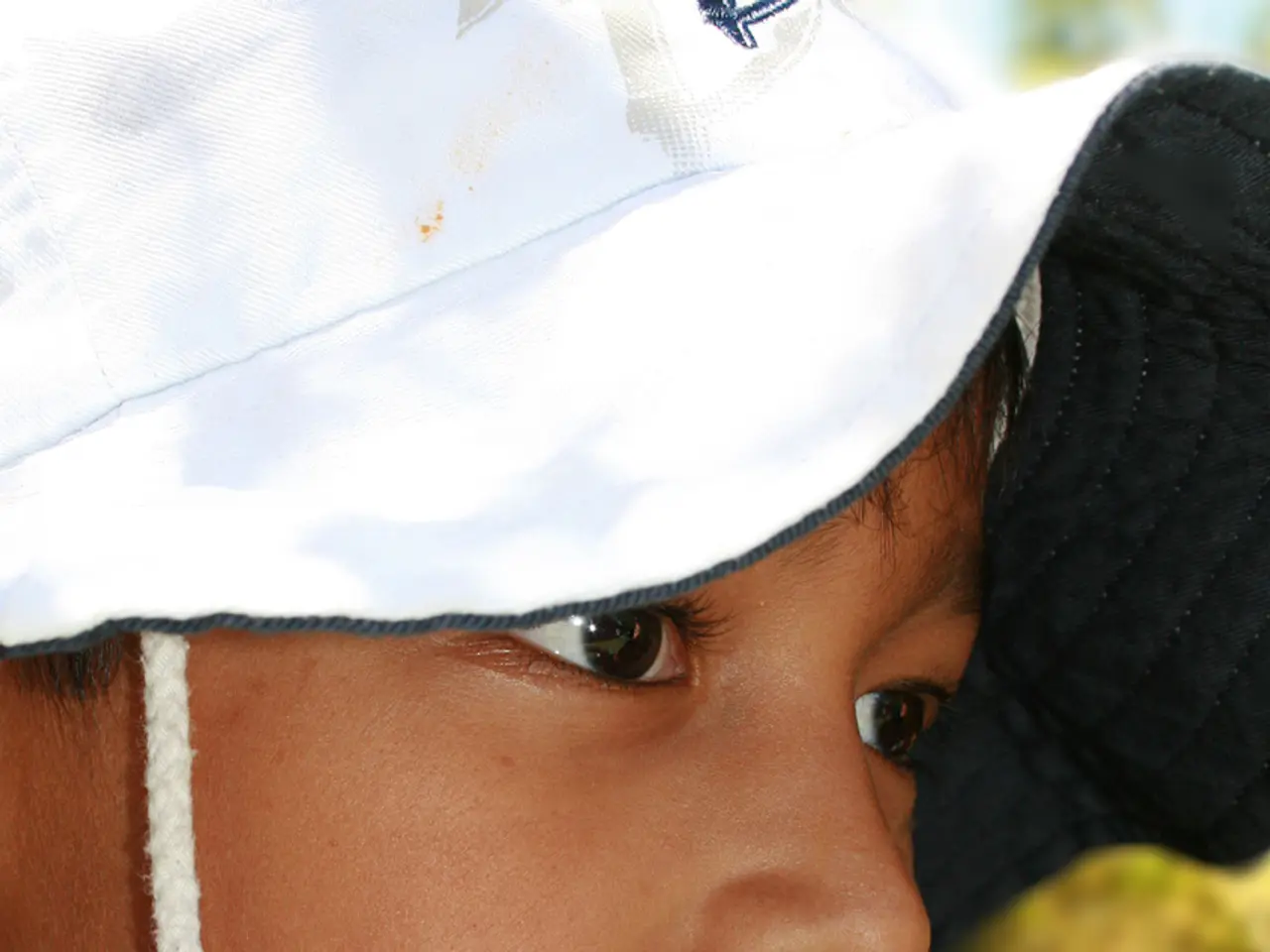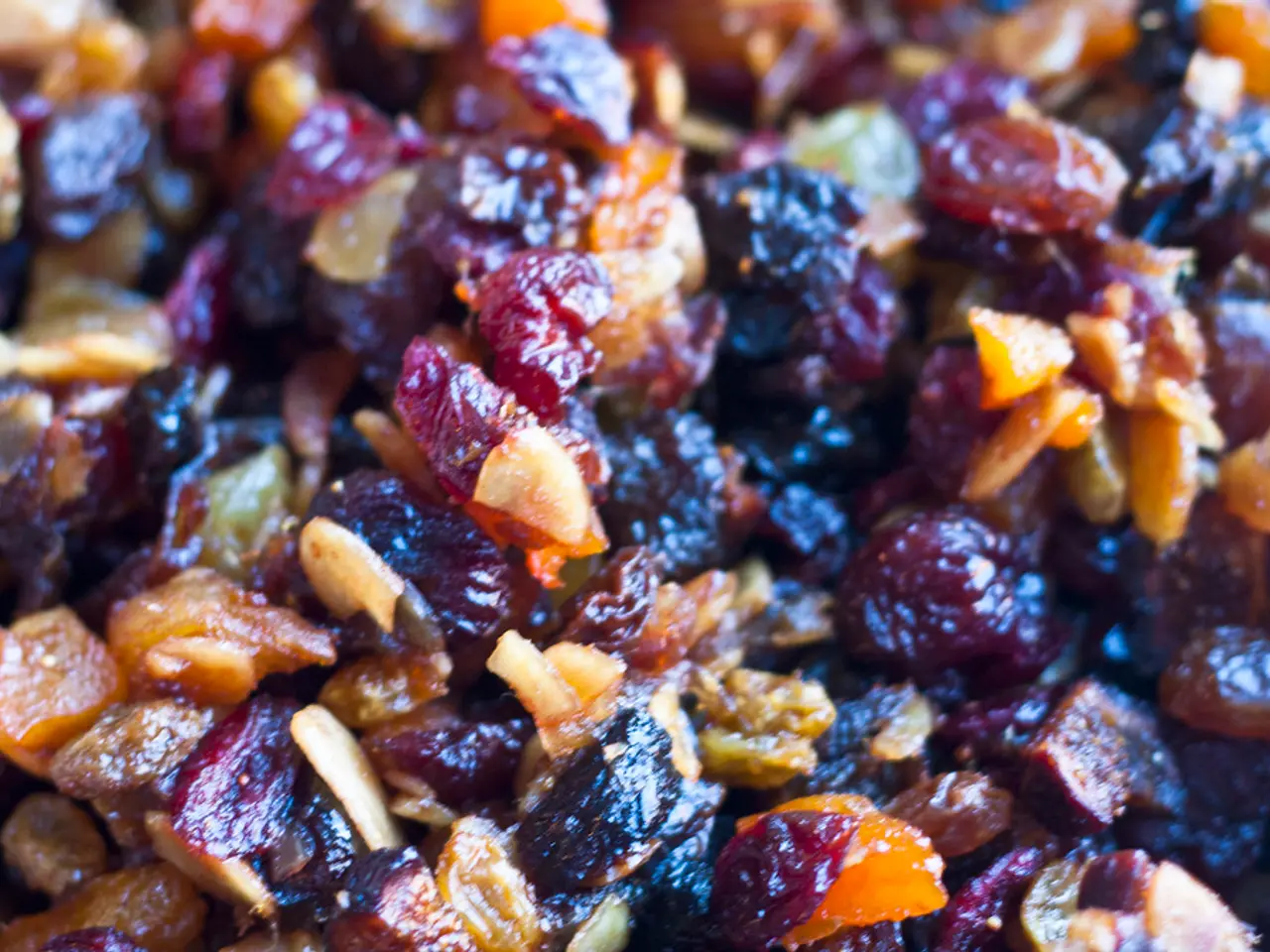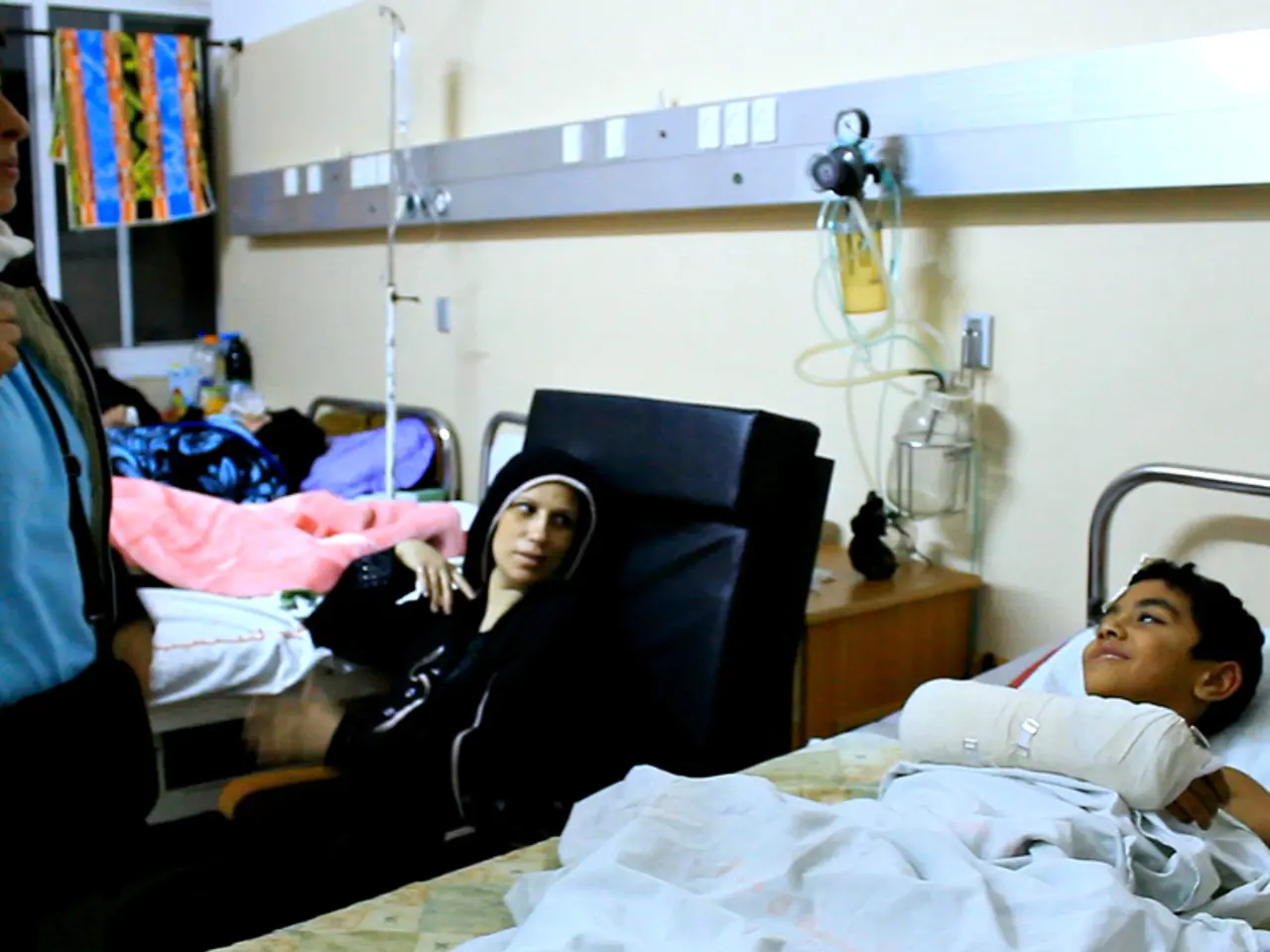Genetic Disorder: Signs, Solutions, and Prognosis
**Piebaldism: A Unique Genetic Condition**
Piebaldism is a rare, genetic condition that presents with unpigmented or white patches of skin and hair. This condition, typically present at birth, is the result of mutations in the KIT gene, which plays a crucial role in the development and migration of melanocytes - the cells responsible for producing melanin, the pigment that colours skin, hair, and eyes.
**The Role of the KIT Gene**
Mutations in the KIT gene disrupt the migration, proliferation, or survival of melanocytes, leading to localized absence of these pigment-producing cells in the skin and hair follicles. This results in characteristic white patches of skin and hair, as melanin production is impaired in those areas.
**Impact on Melanocytes and Melanin Production**
The impairment in melanocyte function directly affects melanin synthesis, causing the hypopigmented regions observed. The condition is autosomal dominant, meaning that 50 percent of those affected will pass the condition on to their offspring.
**Other Affected Areas and Associated Disorders**
Other parts of the body can be affected by piebaldism, with whitened areas potentially appearing on the eyebrows, eyelashes, forehead, front or side of the abdomen and chest, middle of the arms, and middle of the legs.
Alezzandrini syndrome, a rare disorder characterized by hearing loss, skin and hair color changes, and changes in the color of the retina in the eye, may also be associated with piebaldism. However, it is not clear whether this association is due to a shared genetic mutation or another common factor.
**Psychological Impact and Treatment**
Individuals with piebaldism may experience feelings of self-consciousness, unattractiveness, and a belief that others focus on their skin condition. Speaking to a dermatologist or psychiatrist may be helpful in overcoming these feelings.
Treatment for piebaldism can include dermabrasion, skin grafting, melanocyte and keratinocyte transplantation, Erbium, and phototherapy. However, it is important to note that piebaldism does not cause health problems, but it can increase the risk of sunburn and skin cancer due to increased sun exposure.
**Association with Other Conditions**
Piebaldism may be seen in some other medical conditions, including Waardenburg syndrome, which affects a person's hearing and the pigmentation of their hair, skin, and eyes.
Individuals with piebaldism may choose to use makeup to camouflage the affected area. Some of the genetic mutations in those with piebaldism are found in the KIT and SNAI2 genes. When there is a mutation in the SNAI2 or SLUG gene, a protein called snail 2 is negatively affected, which can lead to white pigmentation changes.
In conclusion, piebaldism is a unique genetic condition that affects melanocyte function, leading to localized melanin deficiency and characteristic depigmented patches. Understanding the underlying genetic causes of this condition can help in developing more effective treatments and supporting those affected by it.
- The KIT gene, when mutated due to piebaldism, disrupts the survival, proliferation, or migration of melanocytes, resulting in a localized absence of pigment-producing cells in the skin and hair, causing white patches.
- The impairment in melanocyte function directly affects melanin synthesis, causing the characteristic hypopigmented regions observed in individuals with piebaldism.
- Piebaldism may be associated with other medical conditions, such as Waardenburg syndrome, which affects a person's hearing and the pigmentation of their hair, skin, and eyes.
- Individuals with piebaldism may opt to use makeup to camouflage the affected area, and some of the genetic mutations in those with piebaldism are found in the KIT and SNAI2 genes, where a mutation in the SNAI2 or SLUG gene can lead to white pigmentation changes.




